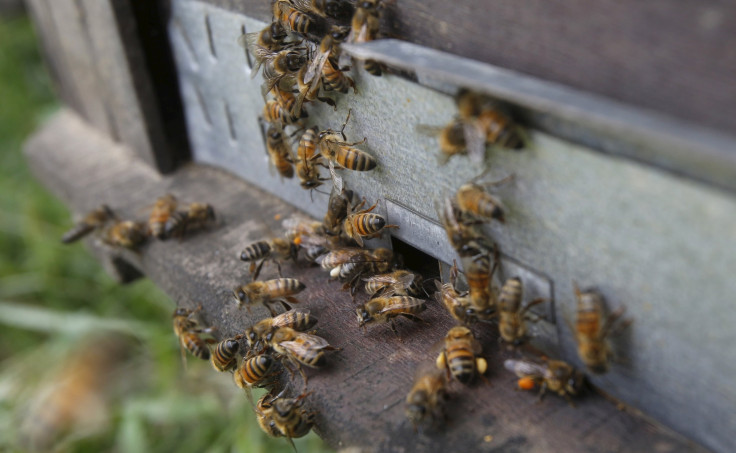Bee Pollination Process: Flies, Butterflies, Moths, Other Insects Also Important To Pollinating, Should Be Protected, Study Finds

Bees aren’t the only important pollinators that the world needs to protect, according to a survey recently released by the University of Queensland in Australia that analyzed the role of flies, butterflies, moths and other pollinators or insects that help in the pollinating process. The survey compiled nearly 40 studies on those insects, which altogether covered five continents and 1,739 field plant crops, according to United Press International.
While bees are well known and vital part of the farming process, they get a lot of help from those other bugs, as well, the survey determined. Bees are a vulnerable part of the world’s agricultural process, which has brought an increased focus on their roles and how scientists and farmers can continue to keep the fragile populations alive.
“We are trying to get the message out there to use scientific findings such as these to promote a change in agricultural practices,” Margi Mayfield, a plant ecologist at Queensland, said in a release, according to UPI. “The global reliance on honeybees for pollination is a risky strategy given the threats to the health of managed honeybee populations due to pests and diseases such as Varroa mites and colony collapse disorder. Non-bee insects are insurance against bee population declines.”
The field data showed that non-bee pollinators made up a quarter to a half of all flower visits. They’re less efficient than bees at pollinating, but they make up the difference where bees fall short.
Bees have recently been experiencing so-called “colony collapses” at an increased rate, a problem that has been linked to the stress felt by those honeybees. That stress causes honeybees to send out their youngest workers, which are more likely to die prematurely, according to the Independent. Honeybee stress has been largely blamed on the increased levels of pesticides or parasitic attacks, according to recent studies.
© Copyright IBTimes 2025. All rights reserved.






















